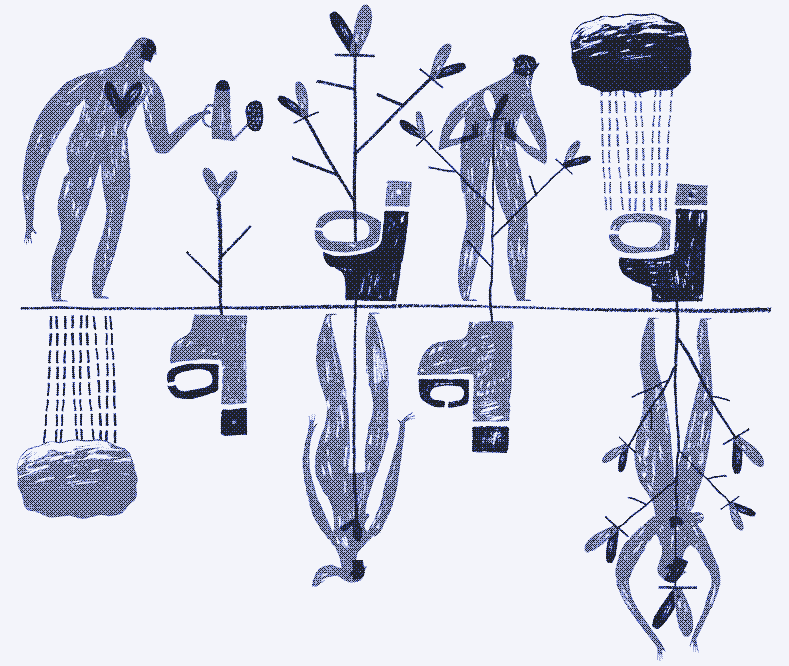Paradoxer
Banned
They could possibly domesticate more animals. Another issue in jungles and tropical climate is lack of incentive to certain agriculture and the abundance of prey and naturally growing food. Why go wheat or whatever when the trees have fruits or you have meat nearby to hunt.That depends where. The southern edge along the Trans-Siberian Railroad where most people in Siberia live and most agriculture occurs is similar to Edmonton or Saskatoon with a similar growing season. The climate is slightly more continental too, with slightly warmer summers and slightly colder winters, but otherwise very similar.
Most African populations are adapted to that, hence the sickle cell gene which reduces the death rate from malaria. As for medicine, jungles are rich in plant life and many of these plants contain compounds related to modern medicine that treat disease or poison. Traditional medicine goes back thousands upon thousands of years.
Yellow fever was indigenous to Africa and African populations are more resistant to it. It spread globally because of the slave trade and colonialism. Although many insectborne diseases cause a lot of misery in Africa today, I don't think it's a total hindrance to a civilisation in the rainforest there any more than insect pests were a challenge to civilisation in India or Indonesia. It does however likely mean fewer domesticates since the tsetse fly and other insects spread often fatal diseases to many common domestic animals. Horses for instance are probably out.
The bugs are make some crops harder to impossible to grow in some areas. Pest eat them. Although humans can domesticate plants and very slowly modified even then with few centuries maybe less. Compare some of new world crops the Europeans modified. Some don’t even look same anymore.
I recommend for Africa someone fights back or even neuter expansion of Bantu who wrecked much of sub Sahara Africa. I honestly think that happened to Pygmy or something similar.
Interesting idea, what if some of Pygmy people create a civilization and unify to fight back aggression from invasions. Build homes in trees and build fort palace complexes in mountains?
With animals they could domesticate zebras to replace horses. Maybe elephants and some birds. How do chickens do in tropical places? Also if not then maybe domesticate some tropical bird to eat and get food from.
Also could any ape or primate be domesticated by Africans as beast of burden or even as war animals?





